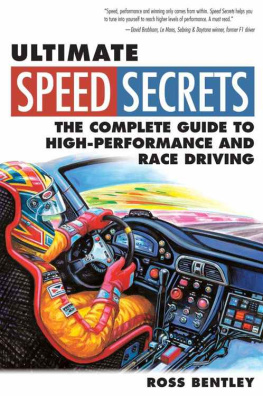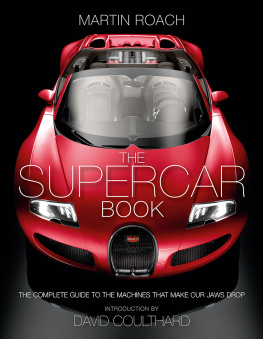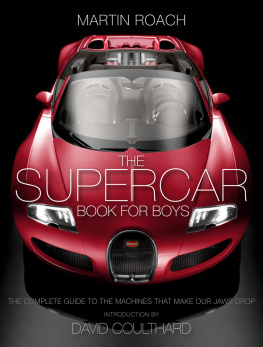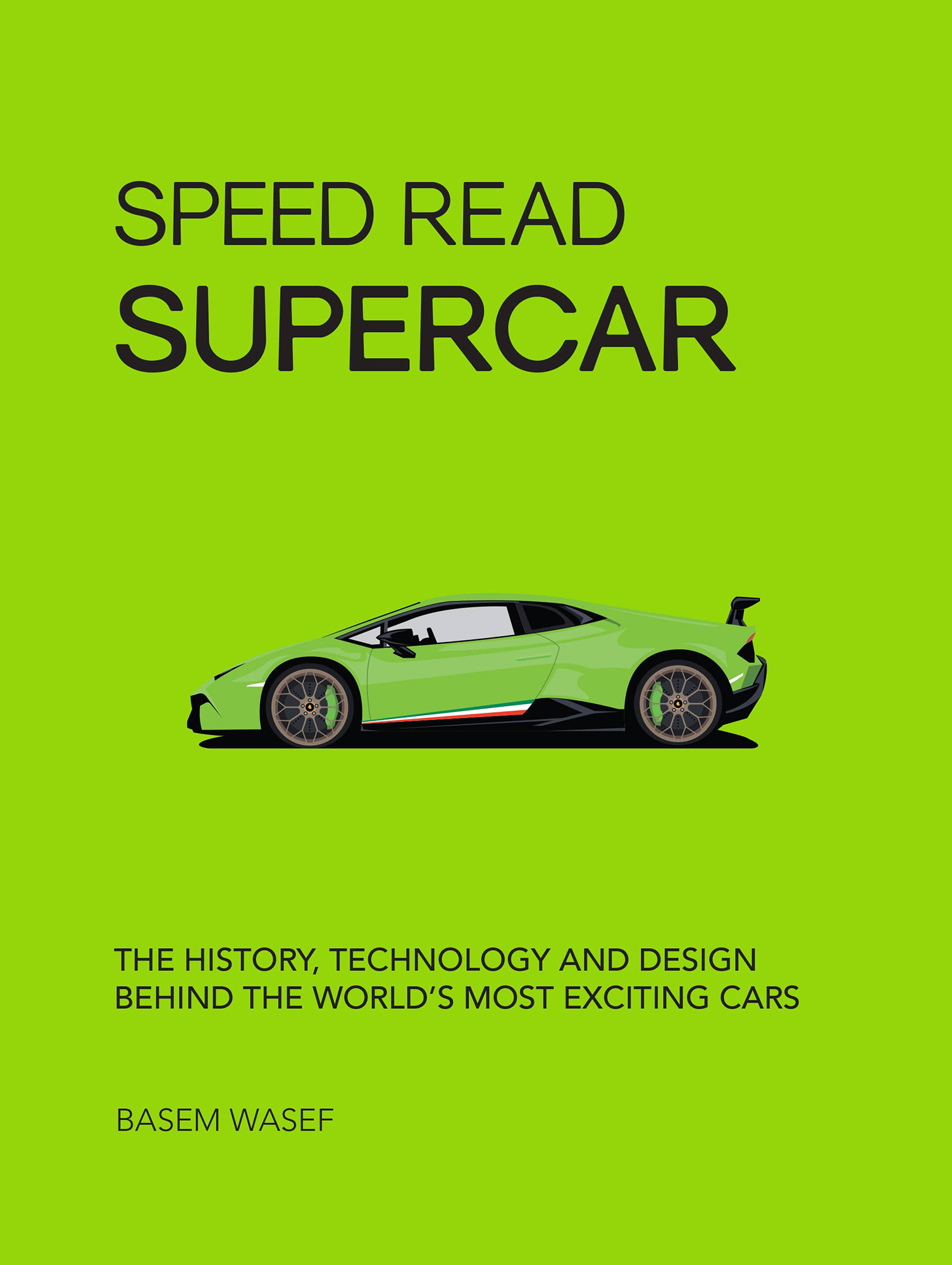Basem Wasef - Speed Read Supercar: the History, Technology and Design Behind the Worlds Most Exciting Cars
Here you can read online Basem Wasef - Speed Read Supercar: the History, Technology and Design Behind the Worlds Most Exciting Cars full text of the book (entire story) in english for free. Download pdf and epub, get meaning, cover and reviews about this ebook. year: 2018, publisher: Motorbooks, genre: Detective and thriller. Description of the work, (preface) as well as reviews are available. Best literature library LitArk.com created for fans of good reading and offers a wide selection of genres:
Romance novel
Science fiction
Adventure
Detective
Science
History
Home and family
Prose
Art
Politics
Computer
Non-fiction
Religion
Business
Children
Humor
Choose a favorite category and find really read worthwhile books. Enjoy immersion in the world of imagination, feel the emotions of the characters or learn something new for yourself, make an fascinating discovery.

- Book:Speed Read Supercar: the History, Technology and Design Behind the Worlds Most Exciting Cars
- Author:
- Publisher:Motorbooks
- Genre:
- Year:2018
- Rating:4 / 5
- Favourites:Add to favourites
- Your mark:
Speed Read Supercar: the History, Technology and Design Behind the Worlds Most Exciting Cars: summary, description and annotation
We offer to read an annotation, description, summary or preface (depends on what the author of the book "Speed Read Supercar: the History, Technology and Design Behind the Worlds Most Exciting Cars" wrote himself). If you haven't found the necessary information about the book — write in the comments, we will try to find it.
From Motorbooks beautifully designed and illustrated Speed Read series, Speed Read Supercar guides you through every aspect of these imagination-capturing, eye-widening, land-bound speed missiles.
When Lamborghini unleashed its Miura on an unsuspecting world in 1966, it set off a high-performance arms race that continues to this day. Ferrari, Maserati, Jaguar, Porsche, and Lotus all accepted the challenge. Over the following five decades, numerous others stepped up, including stalwarts like Aston Martin, BMW, and Audi, as well as small-volume specialists such as Koenigsegg, Pagani, Noble, and Spyker. The result is a veritable smorgasbord of blazingly fast and delicious-looking land missiles available to anyone with several hundred thousand dollars to spare.
Supercars are complex subjects that interest nearly everyone. Every part of a supercar represents myriad decisions informed by engineering, aesthetics, human interface, and emotion. Speed Read Supercar answers the hows and whys of these fantastic cars in sections divided by topic, offering an engaging review of history, engineering, design, key concepts, and key people.
Each section ends with a glossary of related terms, and informational sidebars provide fun facts, historical tidbits, and mini-bios of key people in the supercar world. Sleek illustrations showcase the incredible designs.
With Motorbooks Speed Read series, become an instant expert in a range of fast-moving subjects, from Formula 1 racing to the Tour de France. Accessible language, compartmentalized sections, fact-filled sidebars, glossaries of key terms, and event timelines deliver quick access to insider knowledge. Their brightly colored covers, modern design, pop artinspired illustrations, and handy size make them perfect on-the-go reads.
Basem Wasef: author's other books
Who wrote Speed Read Supercar: the History, Technology and Design Behind the Worlds Most Exciting Cars? Find out the surname, the name of the author of the book and a list of all author's works by series.









